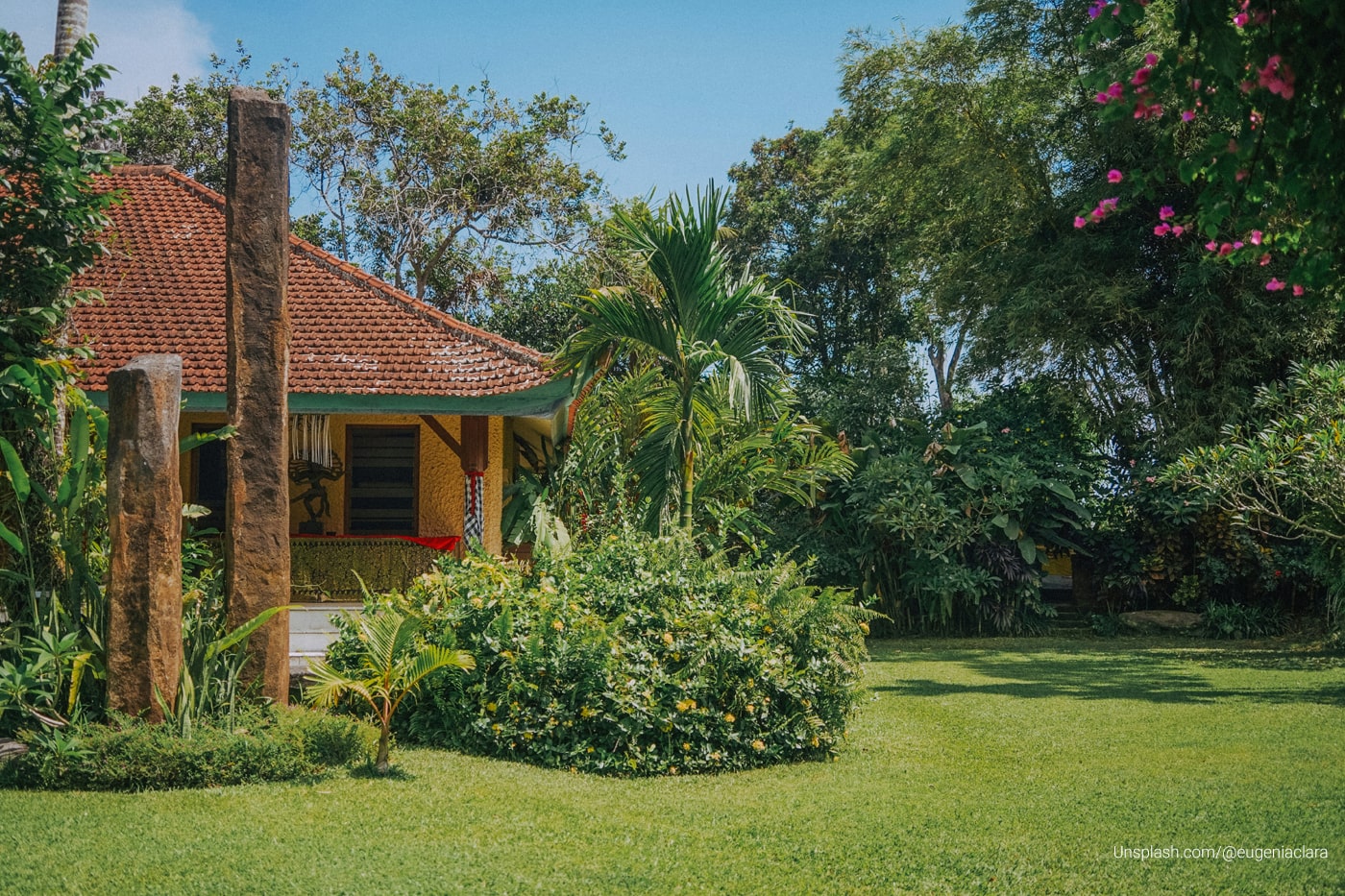Move over, manicured lawns — the forest garden is the new trend people are raving about. Indigenous cultures have perfected this method for centuries, from the Maya milpas to the ancient food forests of Africa and Asia. Now, modern gardeners are catching on because who wouldn’t want a garden that thrives with less work? Here’s how you can turn grass pastures into your very own grove.
Contents []
What Is a Forest Garden?
Imagine a garden that practically takes care of itself. You can pick fruits, berries and herbs for your next dinner or cocktail concoction. That’s a forest garden — a multi-layered, self-sustaining ecosystem designed to mimic the structure of a natural forest.
Forest gardens use perennial plants, trees, shrubs and vines to achieve a forest-like landscape, hence the name. Think of it as your personal produce section.
Why Are Forest Gardens More Sustainable?
The real question is, why aren’t they the standard? Forest gardens put traditional lawns and flower beds to shame in every way. The reason why it’s the gold standard for sustainable gardening lies in three major reasons — resource efficiency, biodiversity and resilience.
1. Minimal Water and Soil Disturbance
Grass lawns and conventional gardens are thirsty beasts, wasting gallons of water to maintain. Forest gardens? Not so much.
Their deep-rooted perennials improve soil structure, cover and biota, as well as trap moisture and reduce runoff. That means less irrigation, lower water bills and zero guilt during summer droughts.

2. No Chemicals Necessary
There’s no room for pesticides and synthetic fertilizers in a forest garden. Instead, you can use built-in soil enhancers like clover and legumes, which are nitrogen-fixing plants. The fallen leaves also act as natural compost when they biodegrade. The result is healthier soil, happier pollinators and nourishing chemical-free food.
3. Carbon Capture Champions
Did you know the average tree absorbs around 10 kilograms or 22 pounds of carbon dioxide in its first 20 years of life? That alone is the reason why lawns and flowerbeds are insufficient. Multiply that by an entire garden of trees, shrubs and perennials, and you’ve got a serious carbon sink right in your backyard.
4. Biodiversity Booster and Pollinator Playground
Birds, butterflies and bees need habitats, and forest gardens deliver. The variety of plants ensures nectar sources year-round, giving pollinators a safe haven in a world dominated by pesticides and monoculture crops.

5. Food Security & Year-Round Harvests
Supermarkets have become unpredictable in recent years. On the other hand, your forest garden is always open for business. You won’t have to keep replanting every season, as it gives you a continuous supply of fruits, nuts, herbs and greens year after year.
How to Start Your Own Forest Garden
Excited to plant your food forest? Here’s how to get started.
1. Plan Your Layers
A successful forest garden has seven layers:
- Canopy layer: Tall trees like pecan, persimmon and walnut
- Dwarf tree layer: Smaller fruit trees like apple, pear or serviceberry
- Shrub layer: Berry bushes such as raspberry, blueberry and currants
- Herbaceous layer: Perennial herbs like thyme, oregano and comfrey
- Root layer: Edible root crops such as carrots, onions and sunchokes
- Ground cover: Plants like alpine strawberries or wintergreens that prevent soil erosion
- Climbers and vines: Beans, cucumbers or nasturtium to maximize space
2. Choose Climate-Appropriate Plants
If you want a successful food forest, pick plants that thrive in your climate, soil conditions and zone. Check with your local forestry agency or university extension for guidance.
3. Mulch and Compost for Healthy Soil
Organic mulch is the secret sauce of forest gardening. A thick layer mimics the forest floor, locks in moisture and suppresses weeds from growing. Plus, it’s also nature’s fertilizer, as it breaks down into rich organic matter.

4. Let Nature Do the Work
Unlike traditional gardens that demand constant attention, forest gardens can live with minimal intervention. Once established, they become self-regulating ecosystems. You get to observe, harvest and marvel at how little effort it takes to keep them going.
Ditch the Grass and Embrace the Forest
Forest gardens are calling humans back to nature to resolve not only food security but also the biggest environmental challenges. Plan your food forest today to enjoy the harvests of tomorrow.



